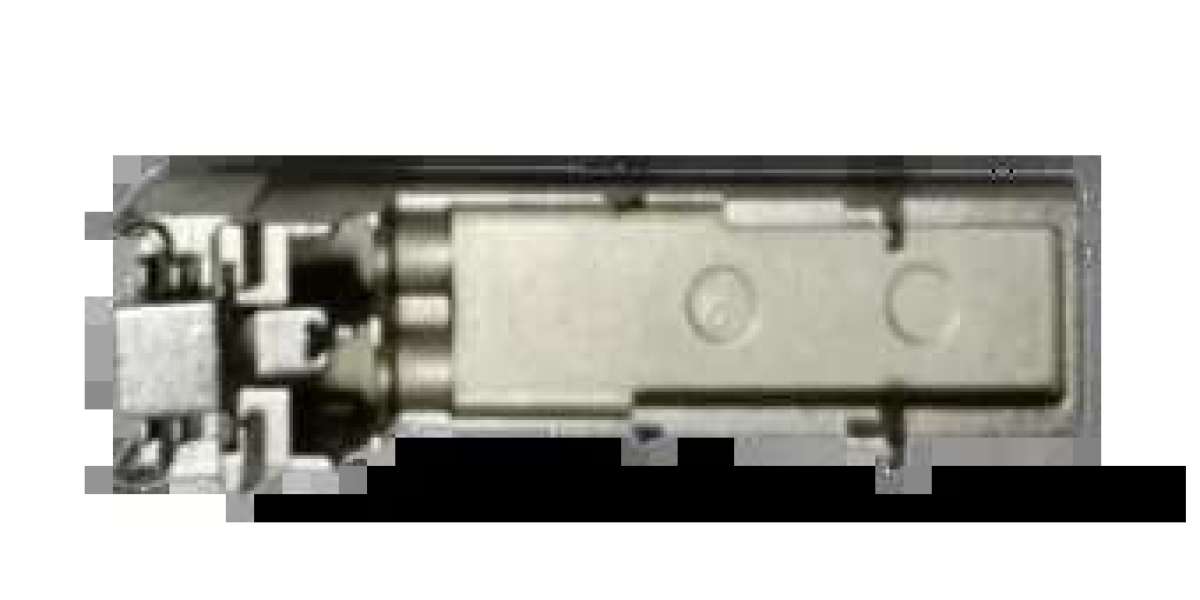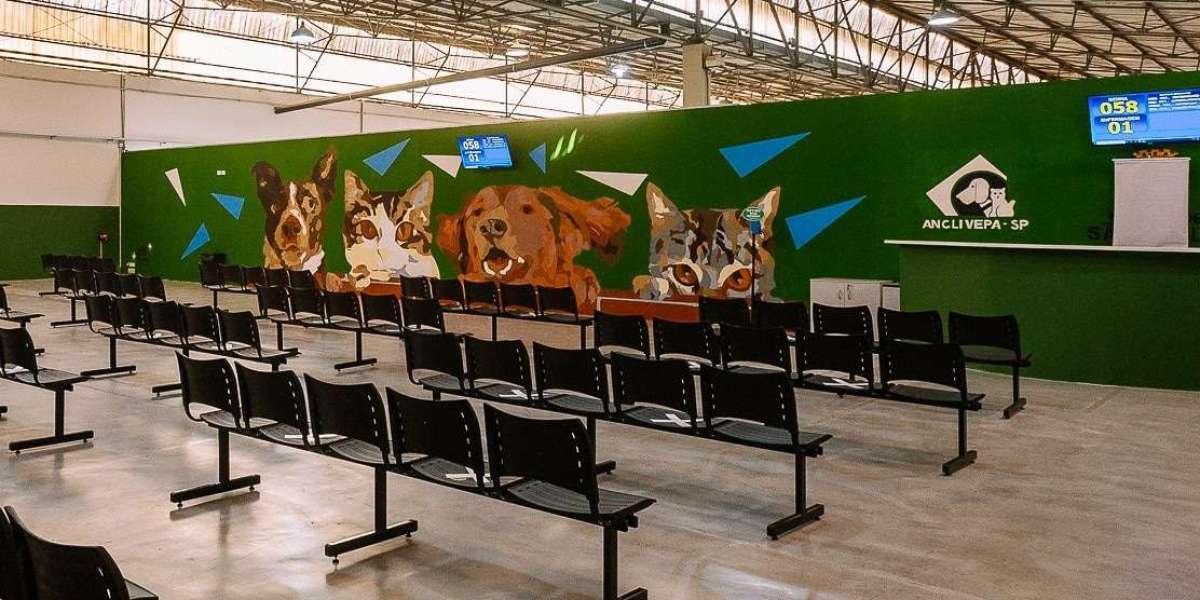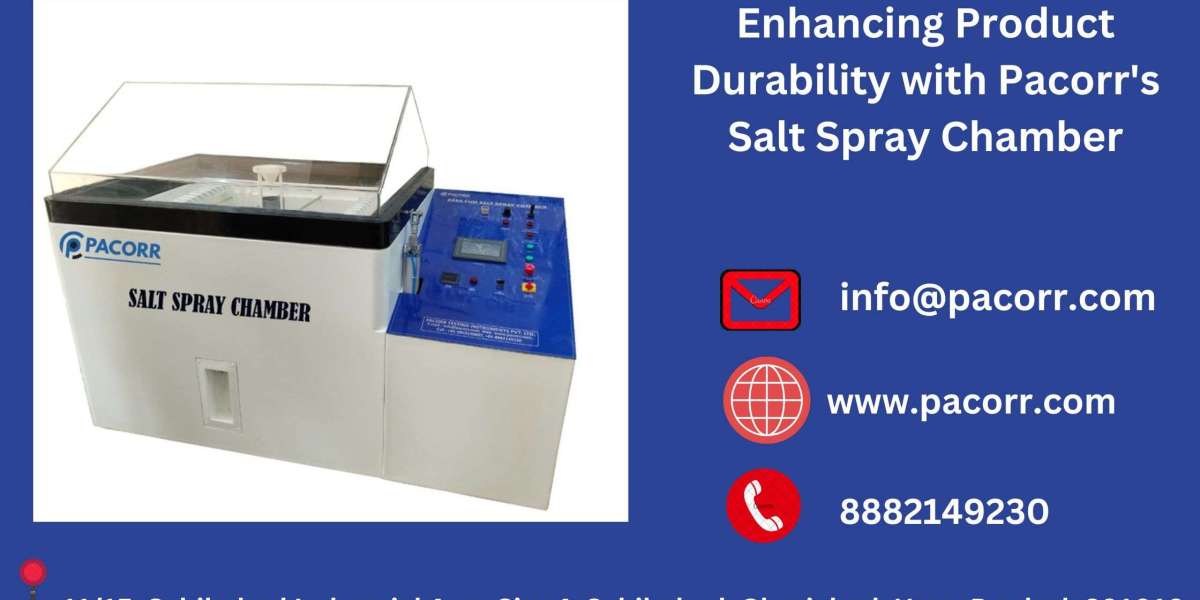In the rapidly evolving field of telecommunications, transceiver base molds play a crucial role. These molds are instrumental in the manufacturing of transceivers, which are devices that convert optical or electrical signals for transmission over communication networks. The demand for high-performance, reliable, and cost-effective transceivers has never been higher, driving the need for customized solutions in Aoke transceiver base molds.

Design Considerations for Customized Transceiver Base Molds
1. Precision and Accuracy
Precision and accuracy are paramount in the design of transceiver base molds. Even minor deviations can lead to imperfections in the final transceiver product, affecting its performance and reliability. Advanced CAD (Computer-Aided Design) software is utilized to ensure that every dimension and feature of the mold is meticulously planned and verified.
2. Material Selection
The choice of material for the mold is critical. It must be durable enough to withstand the repeated injection molding process while maintaining dimensional stability. Common materials include steel, aluminum, and beryllium copper, each with its own set of properties suitable for different applications. The material must also be compatible with the resin used in the molding process to avoid any chemical reactions that could compromise the quality of the transceiver base.
3. Thermal Management
Effective thermal management is essential to prevent warping, cracking, and other thermal-related defects in the molded parts. This involves designing cooling channels within the mold to regulate the temperature during the molding process. The layout and size of these channels are carefully calculated to ensure uniform cooling and optimize cycle times.
Manufacturing Processes for Customized Transceiver Base Molds
1. Mold Making Techniques
The manufacturing of customized transceiver base molds typically involves several techniques, including CNC (Computer Numerical Control) machining, electrical discharge machining (EDM), and precision grinding. CNC machining is used to create the basic shape and features of the mold, while EDM is employed for intricate details that are difficult to achieve with traditional machining methods. Precision grinding ensures that all surfaces are smooth and free of defects.
2. Injection Molding
Once the mold is completed, the injection molding process begins. Resin pellets are heated to a molten state and injected into the mold cavity under high pressure. The mold is then cooled to allow the resin to solidify, forming the transceiver base. The cycle is repeated multiple times to produce the required number of parts.
3. Quality Control and Inspection
Quality control measures are integral throughout the manufacturing process. This includes regular inspections of the mold during its construction to ensure that all specifications are met. Once the transceiver bases are molded, they undergo rigorous testing to verify their dimensional accuracy, material properties, and performance in actual applications.
Benefits of Customized Transceiver Base Molds
1. Enhanced Performance
Customized molds allow for the precise replication of complex transceiver base designs, ensuring that the final product meets or exceeds performance expectations. This is particularly important in high-speed communication networks where even minor imperfections can lead to signal degradation and data loss.
2. Cost Efficiency
While the initial investment in customized molds may be higher, the long-term cost savings can be significant. By reducing waste, minimizing defects, and optimizing production cycles, customized molds contribute to lower per-unit costs and increased overall efficiency.
3. Scalability and Flexibility
Customized molds offer scalability, enabling manufacturers to quickly adapt to changes in demand or product specifications. They also provide flexibility in design, allowing for the incorporation of new features and technologies as they become available.
Conclusion
As the telecommunications industry continues to evolve, the demand for high-quality, customized transceiver base molds will only grow. With advancements in design software, manufacturing techniques, and quality control measures, the possibilities for customized solutions are endless. By embracing innovation and prioritizing precision, manufacturers can deliver transceiver bases that meet the most demanding performance requirements, driving the future of communication networks.
https://www.aoprecision.com/customized-solutions-for-transceiver-base-molds.html









